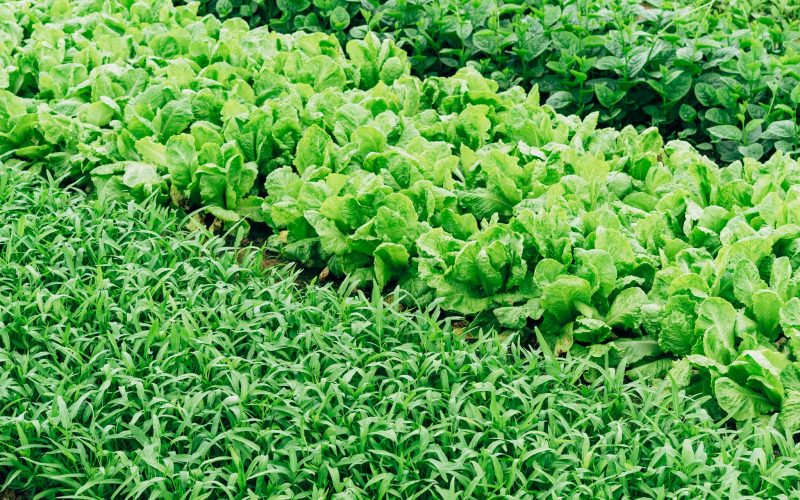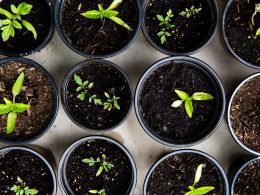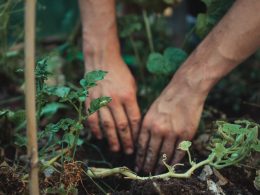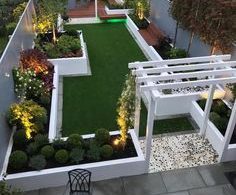If you’re planning to start a garden, one of the most important things you can do is prepare your soil properly. Soil preparation is the foundation of a successful garden, and it’s essential to get it right if you want your plants to thrive. In this guide, we’ll take you through the steps you need to follow to prepare your soil for planting success.
Understanding Your Soil
The first step in soil preparation is to understand your soil. Different types of soil have different characteristics, and you need to know what you’re working with before you can start preparing it. The three main types of soil are sand, silt, and clay, and most soils are a combination of these three.
To determine the type of soil you have, you can perform a simple soil test. Take a handful of soil and squeeze it tightly in your hand. If it falls apart easily, you have sandy soil. If it holds its shape but crumbles when you poke it, you have loamy soil. If it holds its shape and is sticky when you poke it, you have clay soil.
Improving Soil Structure
Once you know what type of soil you have, you can start improving its structure. Soil structure refers to the way soil particles are arranged, and it’s important because it affects how well water, air, and nutrients can move through the soil.
If you have sandy soil, you’ll need to add organic matter to improve its structure. Organic matter can be added in the form of compost, manure, or leaf mold. These materials will help to bind the soil particles together, improving water retention and nutrient availability.
If you have clay soil, you’ll need to add organic matter to improve its structure as well. However, you’ll also need to add sand to help break up the clay particles. A good ratio to aim for is 50% soil, 30% sand, and 20% organic matter.
If you have loamy soil, you’re in luck! Loamy soil is the ideal soil type for gardening, as it has a good balance of sand, silt, and clay. However, you can still improve its structure by adding organic matter.
Testing Soil pH
Another important factor to consider when preparing your soil is pH. pH is a measure of how acidic or alkaline your soil is, and it affects how well plants can absorb nutrients from the soil.
Most plants prefer a slightly acidic soil with a pH between 6.0 and 7.0. However, some plants, such as blueberries, prefer a more acidic soil with a pH between 4.5 and 5.5.
You can test your soil pH using a soil testing kit, which can be purchased at most garden centers. If your soil pH is too high or too low, you can adjust it by adding lime to raise the pH or sulfur to lower it.
Adding Fertilizer
Finally, you’ll need to add fertilizer to your soil to provide your plants with the nutrients they need to grow. There are two main types of fertilizer: organic and synthetic.
Organic fertilizers are made from natural materials, such as compost, manure, and bone meal. They release nutrients slowly over time, providing a steady source of nutrition for your plants.
Synthetic fertilizers, on the other hand, are made from chemical compounds. They release nutrients quickly, but they can also harm beneficial soil organisms and leach into groundwater.
If you’re using organic fertilizer, you’ll need to apply it several weeks before planting to give it time to break down. If you’re using synthetic fertilizer, you can apply it just before planting.
Conclusion
Preparing your soil properly is essential for planting success. By understanding your soil type, improving its structure, testing its pH, and adding fertilizer, you can create the ideal growing conditions for your plants. With a little bit of effort and attention to detail, you can enjoy a bountiful harvest from your garden.












